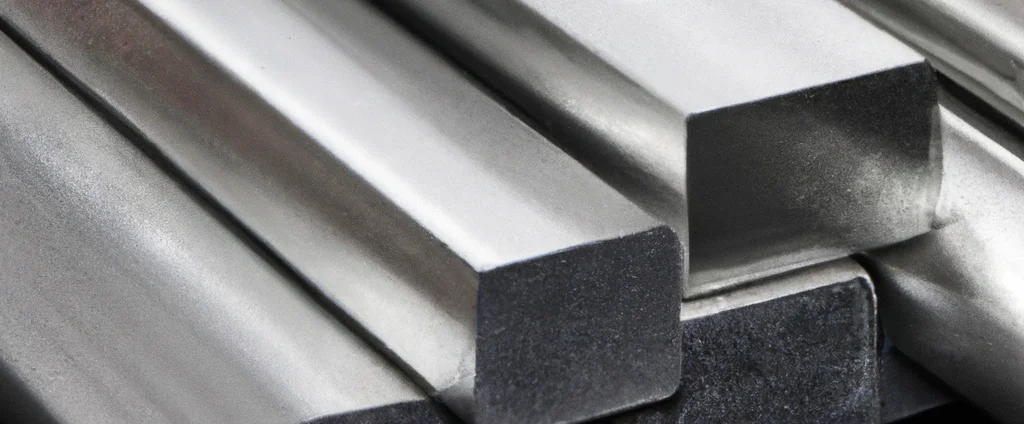Aluminum Alloy 2017 (UNS A92017)

Aluminum 2017 is a high-strength, copper-aluminum alloy commonly used in aerospace and automotive industries for its machinability, strength, and corrosion resistance.
| Chemical Composition | ||
|---|---|---|
| Element | Min | Max |
| Aluminum | 91.5% | 95.5% |
| Chromium | —— | 0.1% |
| Copper | 3.5% | 4.5% |
| Iron | —— | 0.7% |
| Magnesium | 0.4% | 1.0% |
| Manganese | 0.4% | 0.8% |
| Silicon | 0.2% | 0.8% |
| Titanium | —— | 0.15% |
| Zinc | —— | 0.25% |
| Residuals | —— | 0.15% |
The following table provides a list of aluminum 2017 properties in both SI and US customary/Imperial units.
Click on the button to switch between Metric and Imperial units.
| Physical Properties | Metric |
|---|---|
| Density | 2790 kg/m3 |
| Mechanical Properties | Metric |
| Tensile Strength | 179 MPa |
| Yield Strength | 69 MPa |
| Young’s Modulus (E) | 72 GPa |
| Shear Modulus (G) | 26 GPa |
| Elongation at Break | 22% |
| Poisson’s Ratio (ν) | 0.33 |
| Brinell Hardness | 110 HB |
| Thermal Properties | Metric |
| Melting Point | 510 - 640 °C |
| Thermal Conductivity | 135 - 190 W/m·K |
| Specific Heat Capacity (Cp) | 880 J/kg·K |
| Coefficient of Thermal Expansion (αL) | 2.36×10-5 1/°C |
| Electrical Properties | Metric |
| Electrical Conductivity | 2.03×107 S/m |
| Electrical Resistivity | 3.5×10-8 Ω·m |
The values in this table are approximate and can vary depending on various factors such as the specific manufacturing process and heat treatment applied to the alloy.
Advantages & Disadvantages of Aluminum 2017
| Advantages | Disadvantages |
|---|---|
| High strength-to-weight ratio | Limited heat treatment options |
| Good machinability | Lower fatigue strength |
| Corrosion resistance | Limited anodizing options |
| Good weldability | Limited availability |
Applications of Aluminum 2017
Aluminum 2017 is widely used in high-performance applications requiring strength and machinability, such as:
- Aerospace components: Due to its high strength-to-weight ratio, this alloy is used in the production of various aerospace components, such as aircraft fittings, bolts, and structural parts.
- Automotive components: Used in the production of automotive parts, such as suspension components, brake calipers, and wheels, due to its strength and durability.
- Electrical components: Employed in the production of electrical components such as connectors, heat sinks, and power transmission lines due to its high electrical conductivity.
- Marine components: Ideal for marine components such as boat hulls and structures due to its corrosion resistance and durability.
- Building and construction: Used in applications such as window frames, roofing, and wall cladding due to its strength, durability, and lightweight properties.
- Sports equipment: Popular in the production of sports equipment such as bicycle frames and components, snowboards, and skis due to its strength and lightweight characteristics.
- Industrial machinery: Commonly used in the production of various industrial machinery components such as pistons, gears, and bearings due to its machinability and strength.
